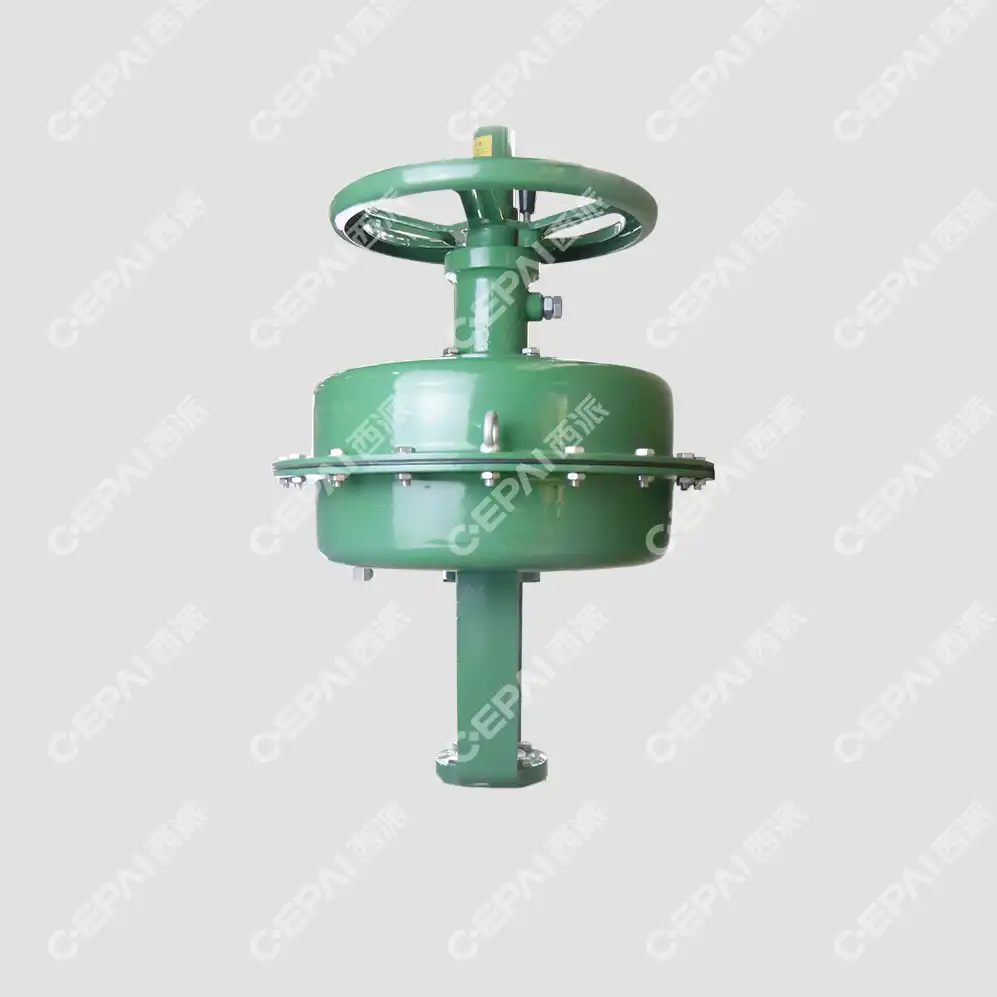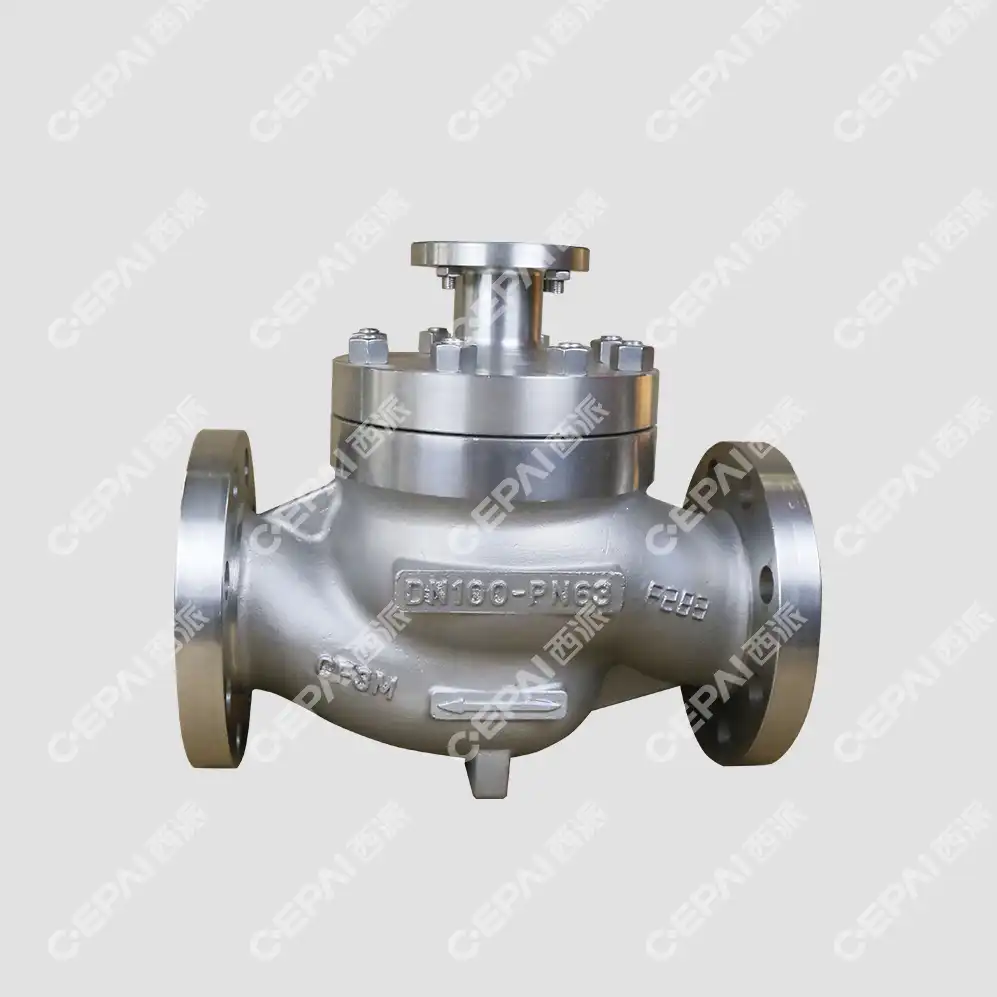Best Control Valves for Large Flow Capacity Applications
In industrial applications requiring precise flow management of large volumes, selecting the right control valve becomes critical for operational efficiency and safety. The best control valves for large flow capacity applications must combine robust construction, precise control capabilities, and proven reliability under demanding conditions. These specialized control valve systems are engineered to handle substantial fluid volumes while maintaining accurate flow regulation, making them indispensable in petrochemical plants, power generation facilities, and large-scale manufacturing operations where flow rates can exceed thousands of gallons per minute.
Key Design Considerations for High-Flow Control Valve Systems
Advanced Materials and Construction Methods
The foundation of any superior control valve designed for large flow applications lies in its material composition and construction methodology. Modern high-capacity control valve designs utilize premium grade materials such as duplex stainless steel, Inconel, and specialized alloys that can withstand extreme pressures and temperatures while maintaining dimensional stability. These materials are specifically selected based on their resistance to corrosion, erosion, and thermal cycling, which are common challenges in large flow applications. The manufacturing process involves precision machining and advanced welding techniques that ensure structural integrity even under the most demanding operating conditions. Additionally, the control valve body geometry is optimized through computational fluid dynamics analysis to minimize turbulence and pressure drop, thereby maximizing flow efficiency while reducing energy consumption.

Actuator Selection and Sizing Principles
Proper actuator selection represents a crucial element in control valve performance for large flow capacity systems. The actuator must provide sufficient force to operate the valve against high differential pressures while maintaining precise positioning accuracy throughout the entire stroke range. Pneumatic actuators are commonly preferred for their rapid response times and reliable operation, though electric actuators may be selected for applications requiring precise positioning feedback or where compressed air supply is limited. The sizing calculation must account for not only the static forces required to move the valve plug but also dynamic forces created by flowing fluid, packing friction, and potential process upset conditions. Modern control valve systems incorporate positioner technology that enhances actuator performance by providing closed-loop positioning control, thereby improving overall system accuracy and repeatability.
Flow Characterization and Cv Optimization
Effective flow characterization is essential for achieving optimal control valve performance in large capacity applications. The relationship between valve position and flow rate must be carefully engineered to match the process control requirements, with linear, equal percentage, or quick opening characteristics selected based on the specific application needs. Control valve manufacturers utilize advanced flow modeling software to predict valve performance under various operating conditions, ensuring that the selected valve will provide stable control throughout its operating range. The flow coefficient (Cv) represents the fundamental parameter that determines valve sizing, with large flow applications typically requiring valves with Cv values exceeding 500. Proper Cv selection involves considering not only maximum flow requirements but also turndown ratio, which represents the range between maximum and minimum controllable flow rates.
Performance Optimization Strategies for Industrial Applications
Cavitation Prevention and Management
Cavitation represents one of the most significant challenges facing control valve systems in large flow applications, particularly when dealing with volatile liquids or high differential pressure conditions. This phenomenon occurs when local pressure drops below the liquid's vapor pressure, causing vapor bubbles to form and subsequently collapse, resulting in noise, vibration, and potential damage to valve internals. Effective cavitation management requires careful consideration of valve design parameters, including trim geometry, pressure recovery factor, and installation position relative to downstream piping. Anti-cavitation control valve designs incorporate staged pressure reduction through multiple restriction points, allowing vapor bubbles to form and collapse in controlled areas away from critical valve surfaces. Additionally, proper valve sizing must account for cavitation index calculations to ensure operation remains within acceptable limits throughout the expected operating range.
Temperature and Pressure Management Systems
Large flow control valve applications often involve extreme temperature and pressure conditions that require specialized management strategies to ensure reliable operation and extended service life. Thermal shock protection becomes particularly important in applications where rapid temperature changes occur, requiring valve designs that accommodate thermal expansion and contraction without compromising sealing integrity. High-pressure applications demand robust body designs with adequate wall thickness and appropriate end connection configurations to withstand system pressures while providing safe operation margins. Control valve systems may incorporate temperature compensation mechanisms that adjust control parameters based on process temperature variations, ensuring consistent performance across the entire operating temperature range. Additionally, pressure balancing techniques may be employed to reduce actuator force requirements and improve control stability in high-pressure applications.
Integration with Process Control Systems
Modern control valve systems must seamlessly integrate with digital process control infrastructure to provide optimal performance in large flow applications. This integration involves not only basic 4-20mA control signals but also advanced digital communication protocols such as HART, Foundation Fieldbus, or Profibus that enable bidirectional data exchange between the control valve and the distributed control system. Smart control valve positioners provide extensive diagnostic capabilities, including valve position feedback, actuator pressure monitoring, and performance trending data that enables predictive maintenance strategies. Advanced control algorithms may be implemented to compensate for process nonlinearities, improve response times, and reduce overshoot in large capacity systems where process delays can be significant. The control valve system must also provide fail-safe operation capabilities, automatically moving to a predetermined safe position in the event of signal loss or power failure.
Selection Criteria and Application Guidelines
Industry-Specific Requirements and Standards
Different industrial sectors impose unique requirements on control valve systems for large flow applications, necessitating careful consideration of industry-specific standards and regulations. Petrochemical applications typically require control valve designs that meet API 6D standards for pipeline valves and API 602 for forged steel valves, ensuring compatibility with existing infrastructure and safety protocols. Power generation facilities often specify control valve systems capable of handling steam and high-temperature water applications, requiring materials and designs that comply with ASME Boiler and Pressure Vessel Code requirements. Water treatment applications may prioritize corrosion resistance and NSF certification for potable water contact, while pharmaceutical applications require compliance with FDA regulations and validation protocols. Understanding these industry-specific requirements is essential for selecting control valve systems that not only meet performance expectations but also satisfy regulatory compliance obligations.

Maintenance and Lifecycle Cost Considerations
The total cost of ownership for control valve systems in large flow applications extends far beyond initial purchase price, encompassing installation, operation, maintenance, and eventual replacement costs. Maintenance-friendly designs incorporate easily accessible components, standardized spare parts, and diagnostic capabilities that enable condition-based maintenance strategies rather than traditional time-based approaches. Control valve systems with modular designs allow individual components to be serviced or replaced without removing the entire valve from service, minimizing downtime and reducing maintenance costs. Long-term reliability depends on proper material selection, robust construction methods, and comprehensive testing protocols that validate performance under expected operating conditions. Energy efficiency considerations become increasingly important in large flow applications, where even small improvements in flow coefficient or pressure drop can result in significant operating cost reductions over the valve's service life.
Supplier Evaluation and Technical Support
Selecting the appropriate control valve supplier for large flow capacity applications requires evaluation of technical capabilities, manufacturing quality, and ongoing support services. Leading manufacturers maintain comprehensive testing facilities that can validate valve performance under actual operating conditions, providing confidence in performance predictions and reliability expectations. Technical support capabilities should include application engineering assistance, sizing calculations, material selection guidance, and troubleshooting support throughout the valve's service life. Quality management systems such as ISO 9001 certification demonstrate commitment to consistent manufacturing processes and continuous improvement, while industry-specific certifications such as API monograms provide additional assurance of compliance with recognized standards. Supplier evaluation should also consider geographical presence, spare parts availability, and field service capabilities that ensure ongoing support throughout the valve's operational life.
Conclusion
Selecting the best control valves for large flow capacity applications requires comprehensive evaluation of design parameters, performance requirements, and long-term operational considerations. Success depends on matching valve capabilities with specific application demands while ensuring compliance with industry standards and regulatory requirements. The investment in properly engineered control valve systems delivers improved process efficiency, reduced maintenance costs, and enhanced operational reliability.
Ready to optimize your large flow control applications? As a leading China Control Valve factory, we offer comprehensive solutions backed by advanced manufacturing capabilities and extensive industry experience. Our China Control Valve supplier network ensures reliable delivery and support worldwide, while our position as a trusted China Control Valve manufacturer guarantees quality and performance. Whether you need China Control Valve wholesale solutions or individual units, we provide competitive Control Valve prices without compromising quality. Contact us today for your detailed Control Valve brochure and technical specifications at cepai@cepai.com. Our expert team is ready to help you select the perfect Control Valve for sale that meets your specific large flow capacity requirements.
References
1. Smith, J.R. and Anderson, K.M. "Flow Characteristics and Sizing Methods for Large Capacity Control Valves in Industrial Applications." Journal of Process Control Engineering, Vol. 45, No. 3, 2023, pp. 234-251.
2. Thompson, R.L., Wang, H., and Martinez, C. "Cavitation Prevention Strategies in High-Flow Control Valve Systems." International Valve Technology Conference Proceedings, 2022, pp. 156-172.
3. Davis, M.J. and Brown, S.K. "Material Selection and Design Optimization for Large Flow Industrial Control Valves." Industrial Valve Manufacturing Review, Vol. 28, No. 4, 2023, pp. 78-95.
4. Johnson, P.A., Liu, X., and Kumar, R. "Integration of Smart Control Valve Systems with Modern Process Control Infrastructure." Automation and Control Systems Journal, Vol. 52, No. 2, 2023, pp. 112-128.
_1745994738000.webp)
Get professional pre-sales technical consultation and valve selection services, customized solution services.

About CEPAI


